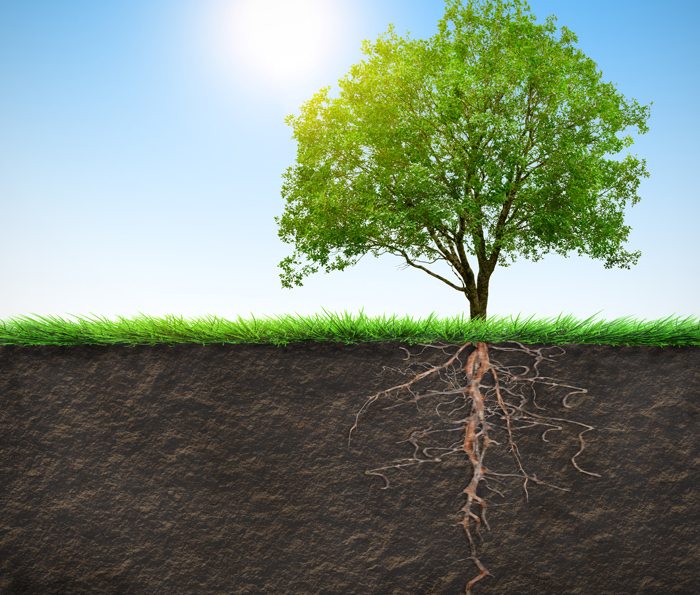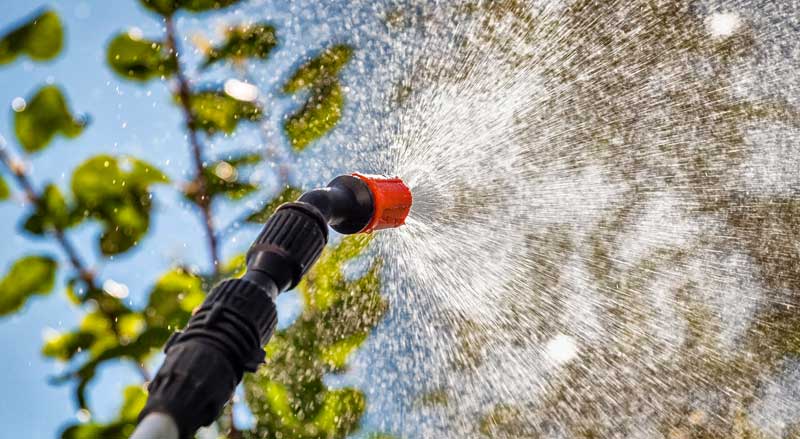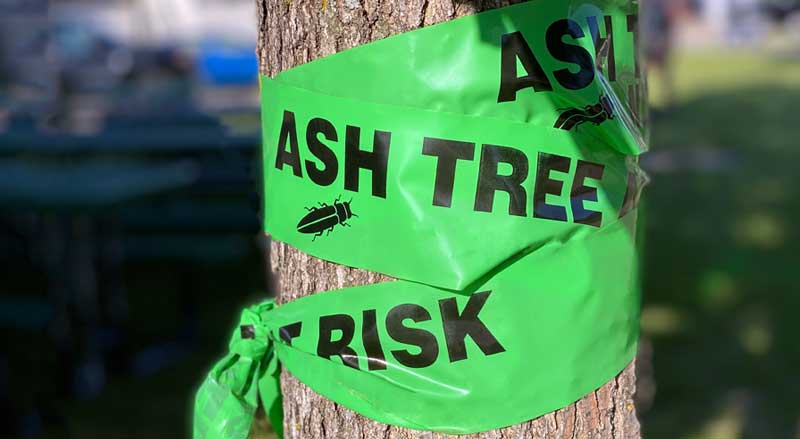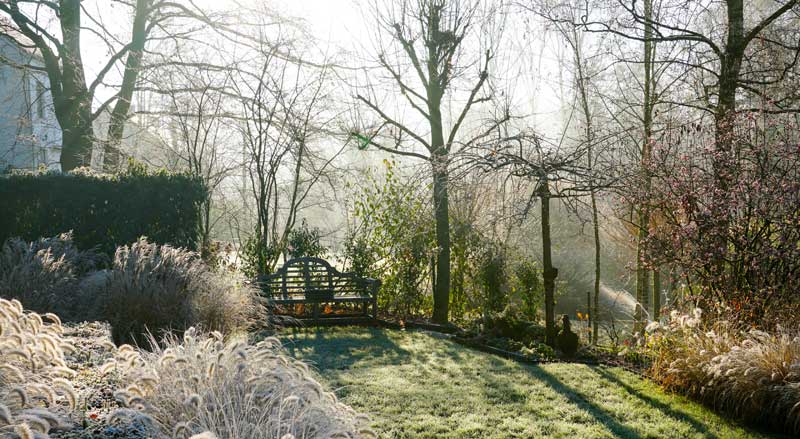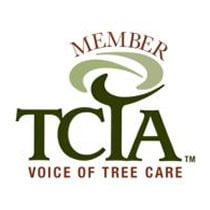Does My Tree Need A Stake?
If you are adding trees or shrubs to your landscape then you may be faced with the question – to stake or not to stake? Providing your newly planted tree with a stake and tie can be beneficial in some instances while in others it can act as a detriment. Knowing when and how to stake a tree will determine the difference between having a healthy tree that thrives for years or a Charlie Brown Christmas twig tree disaster.
To Stake or Not to Stake
There are situations when a tree needs some aid and support, but not as often as you would think. In most circumstances staking a tree can do more harm than good because it can become oppressive and constricting to the tree’s growth. A tree trunk’s natural movement actually helps to strengthen and stimulate the development of its roots. The “sway” of the trunk creates more room in the earth for the root system to spread and work their way deeper into the soil. Letting a tree grow without a stake also forces it to become a hardier sapling since it does not have a post to rely on for constant support. If you stake a tree, it may grow taller than one that is not staked, but it will have a weaker trunk and a sparser root system which means that your tree may not have the longevity most homeowners are looking for.
When Staking a Tree Can be Beneficial
Staking a tree is beneficial when the trunk needs protection and/or support from environmental factors such as wind or hungry grazing animals. Utilizing a tree stake can be most advantageous for trees with less mature root balls or large canopies because the stake can help anchor the roots and afford them time to spread into a root system surrounding the tree. It is important to remember that even when staking a tree is beneficial, a tree should only be staked for a fairly short period of time (no more than one growing season) so that it does not become overly dependent on the added support. As with most things in life, there are certain trees that are seen as exceptions, such as dwarf apple trees, which require staking throughout their life.
Proper Staking Techniques
Staking a tree incorrectly can cause further problems such as girdling the trunk and causing abrasion to its surface. If trees must be staked, place the stakes as low as possible at the tree’s base so that they are no higher than 2/3 the height of the tree. Stakes are usually made from wood or metal with the latter used more for larger trees or areas with severe wind. Materials used to tie the tree to the stake should be flexible and allow for movement all the way down to the ground so that trunk taper develops correctly. Too much movement above the tie can make the trunk grow thicker in that area or cause the top of the tree to blow off. Checking on your staked trees and maintaining their stake and tie positioning is crucial to ensuring productive plants. Once a tree trunk reaches a diameter of three inches, all stakes and ties should be removed immediately.
If you have a tree in your yard that was hit hard with wind damage or if you’re planning on planting a few beautiful ornamental trees this year find out from a professional if staking is the right fix for you. And remember, stake only if necessary and for a short period of time.

